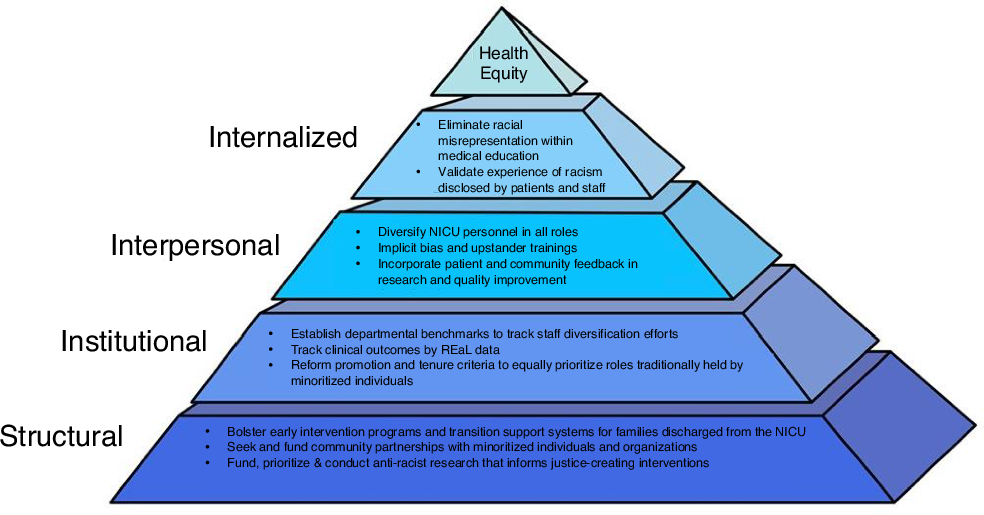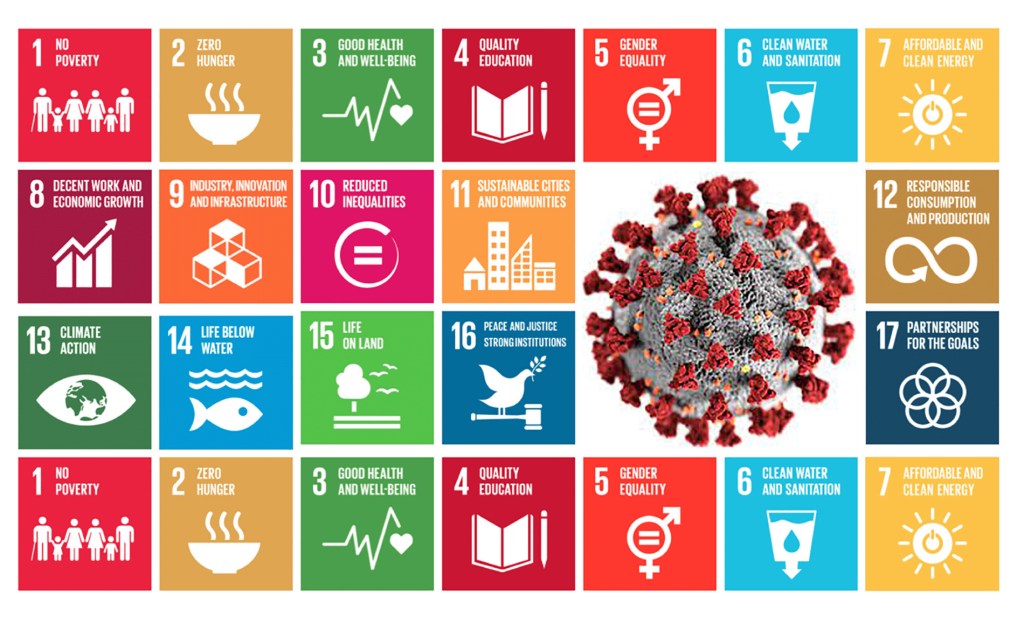Financial assistance is now easier for kinship caregivers in foster care – Iowa Public Radio

Report on Iowa’s Kinship Foster Care Licensing Reform and its Alignment with Sustainable Development Goals
Executive Summary
The state of Iowa has implemented a 2023 federal rule, “Separate Licensing Standards for Relative or Kinship Family Homes,” to reform its foster care system. This policy creates a specific licensing process for kinship caregivers—relatives or close family friends—providing them with financial assistance equivalent to that of non-relative foster parents. This report analyzes the reform’s impact, with a significant emphasis on its contributions to achieving several United Nations Sustainable Development Goals (SDGs), including SDG 1 (No Poverty), SDG 3 (Good Health and Well-being), SDG 10 (Reduced Inequalities), and SDG 16 (Peace, Justice and Strong Institutions).
Policy Overview and Procedural Changes
Kinship care is the most common placement for foster youth in Iowa, accounting for approximately 43% of cases. The new federal rule addresses historical barriers faced by these caregivers through several key changes:
- Financial Equity: Previously, financial support for kinship caregivers was limited and temporary. The new license provides sustained financial assistance subsidized at a rate equal to that for licensed foster parents.
- Streamlined Licensing: The licensing process for kinship caregivers has been significantly expedited. The timeline is reduced from six to nine months to approximately two months.
- Modified Requirements: While essential safety measures such as background checks and home studies are retained, the number of required training classes has been reduced to better suit the unique circumstances of kinship families.
Contribution to Sustainable Development Goal 1: No Poverty
The policy directly addresses the financial precarity that can affect kinship families, aligning with the objectives of SDG 1.
- Alleviating Financial Strain: The provision of equitable and sustained financial assistance helps prevent families from falling into poverty when unexpectedly taking on the care of children. It removes a significant barrier that previously made long-term kinship placements unviable for many.
- Ensuring Basic Needs: The funding enables caregivers to meet the immediate needs of children, including providing adequate housing, food, and clothing, which is fundamental to eradicating poverty in all its forms.
Advancements in SDG 3 (Good Health and Well-being) and SDG 4 (Quality Education)
By prioritizing placement with known caregivers, the reform promotes the stability necessary for positive health and educational outcomes.
- Promoting Mental Well-being: Keeping children within their family network reduces the trauma and emotional distress associated with entering the general foster care system. This stability is crucial for long-term mental health and well-being (SDG 3).
- Enhancing Educational Stability: A stable home environment is a prerequisite for consistent school attendance and academic achievement. By preventing children from moving between placements, the policy supports their access to quality education (SDG 4).
Impact on SDG 10 (Reduced Inequalities) and SDG 16 (Peace, Justice and Strong Institutions)
The reform strengthens the child welfare system by making it more equitable and effective, in line with the principles of SDG 10 and SDG 16.
- Reducing Systemic Inequality: The policy eliminates the financial disparity between kinship and non-kinship foster placements, creating a more equitable system that values the crucial role of family caregivers (SDG 10).
- Strengthening Institutions: By implementing this child-centered federal rule, Iowa is building a more just, effective, and inclusive child welfare institution. This strengthens the family unit and provides a protective environment for children, contributing to the goals of peace and justice (SDG 16).
Implementation and National Context
The new licensing program has seen significant uptake since its implementation on July 1, with over 350 kinship households referred to Four Oaks, the state’s primary contractor for foster parent training. Iowa joins at least 13 other states that have adopted this federal rule, signaling a national movement towards strengthening kinship care as a preferred and supported placement option for children in the foster system.
Analysis of Sustainable Development Goals in the Article
1. Which SDGs are addressed or connected to the issues highlighted in the article?
-
SDG 1: No Poverty
- The article addresses the financial strain on kinship caregivers who take in foster youth. It highlights that without adequate support, these families face significant financial challenges (“If you add several mouths at the dinner table that they weren’t expecting, that was really a challenge for a lot of folks”). The new federal rule provides financial assistance, directly tackling poverty and economic vulnerability within these households.
-
SDG 10: Reduced Inequalities
- The article points to an inequality between licensed foster parents and kinship caregivers. Previously, kinship financial assistance was “limited to four months,” unlike the support for licensed foster parents. The new rule aims to reduce this inequality by subsidizing kinship caregivers “at an amount that is equal to foster care assistance,” ensuring more equitable treatment and opportunity for a vulnerable group of children and their caregivers.
-
SDG 16: Peace, Justice and Strong Institutions
- The foster care system is an institution designed to protect children. The article discusses a policy change (a “2023 federal rule”) implemented by the state of Iowa to strengthen this system. By making it easier for children to stay with relatives (“keep foster youth with people they know”), the policy promotes stable and safe environments, which is fundamental to protecting children from abuse and ensuring their well-being, a core component of this goal.
2. What specific targets under those SDGs can be identified based on the article’s content?
-
SDG 1: No Poverty
- Target 1.3: Implement nationally appropriate social protection systems and measures for all, including floors, and by 2030 achieve substantial coverage of the poor and the vulnerable. The new rule establishing subsidized financial assistance for kinship caregivers is a clear example of a social protection system being implemented to support a vulnerable population (foster youth and their kinship families).
-
SDG 10: Reduced Inequalities
- Target 10.2: By 2030, empower and promote the social, economic and political inclusion of all. The policy economically empowers kinship caregivers by removing financial barriers, allowing them to provide long-term care. This promotes the social inclusion of foster children by enabling them to remain within their family and community networks.
- Target 10.3: Ensure equal opportunity and reduce inequalities of outcome, including by eliminating discriminatory policies and practices. The previous system created an unequal outcome where kinship families received less support. The new rule is a policy action that directly reduces this inequality by mandating that financial assistance for kinship care be “equal to foster care assistance.”
-
SDG 16: Peace, Justice and Strong Institutions
- Target 16.2: End abuse, exploitation, trafficking and all forms of violence against and torture of children. While not explicitly mentioning abuse, the article focuses on creating stable and secure placements for foster youth. Placing children with known relatives is a key strategy to provide a protective environment, reducing their vulnerability to the harms outlined in this target. The article notes that without support, a “child ended up going into general foster care,” a less ideal outcome that the new policy helps to prevent.
3. Are there any indicators mentioned or implied in the article that can be used to measure progress towards the identified targets?
-
Indicators for SDG 1 (Target 1.3)
- Number of households covered by the social protection system: The article states, “Over 350 kinship households have been referred to receive the license since it went into effect on July 1.” This number serves as a direct indicator of the initial coverage of this new social protection measure for the vulnerable group.
-
Indicators for SDG 10 (Targets 10.2 & 10.3)
- Proportion of foster youth in kinship care: The article provides a baseline figure: “about 43% of foster youth were placed with a relative or close family friend.” Tracking this percentage over time can measure the success of the new, less restrictive policy in promoting kinship placements.
- Equitable financial assistance: The core of the policy is that financial support for kinship caregivers is “equal to foster care assistance.” The implementation and maintenance of this parity is a key indicator of reduced inequality.
-
Indicators for SDG 16 (Target 16.2)
- Placement stability: The article implies that the new rule helps kinship caregivers “keep the kids for the long haul.” An implied indicator is the rate of placement stability or the reduction in the number of children who have to move from kinship care to “general foster care” due to financial or bureaucratic barriers.
- Time to achieve licensure: The article contrasts the “six to nine months” for a standard foster license with the “about two months” for the new kinship license. This reduction in processing time is an indicator of a more efficient and responsive institutional process designed to support child welfare.
4. Table of SDGs, Targets, and Indicators
| SDGs | Targets | Indicators |
|---|---|---|
| SDG 1: No Poverty | 1.3: Implement nationally appropriate social protection systems for the poor and the vulnerable. |
|
| SDG 10: Reduced Inequalities |
10.2: Empower and promote the social and economic inclusion of all.
10.3: Ensure equal opportunity and reduce inequalities of outcome. |
|
| SDG 16: Peace, Justice and Strong Institutions | 16.2: End abuse, exploitation, trafficking and all forms of violence against children. |
|
Source: iowapublicradio.org

What is Your Reaction?
 Like
0
Like
0
 Dislike
0
Dislike
0
 Love
0
Love
0
 Funny
0
Funny
0
 Angry
0
Angry
0
 Sad
0
Sad
0
 Wow
0
Wow
0



















































.jpg.webp?itok=0ZsAnae9#)

























